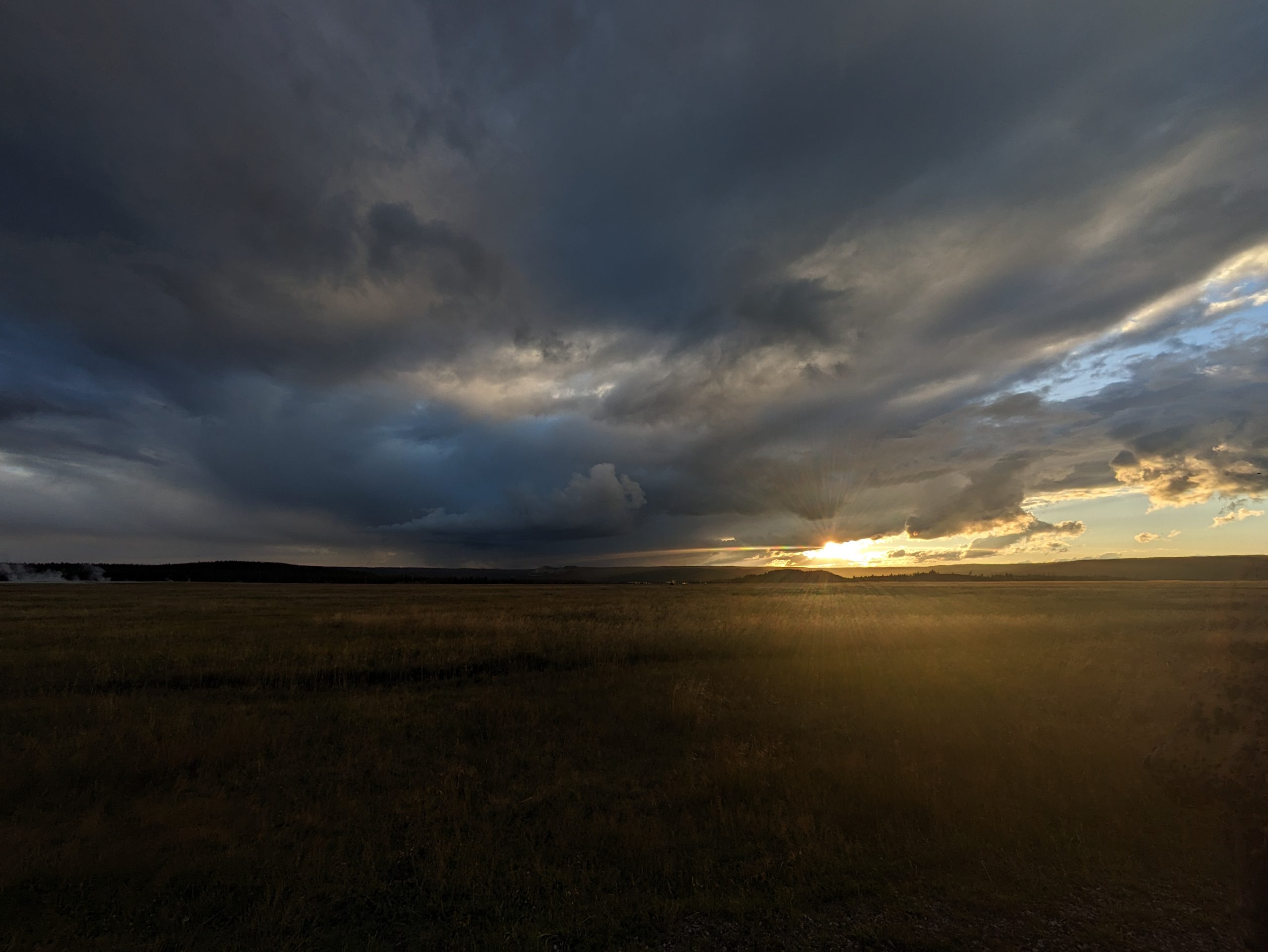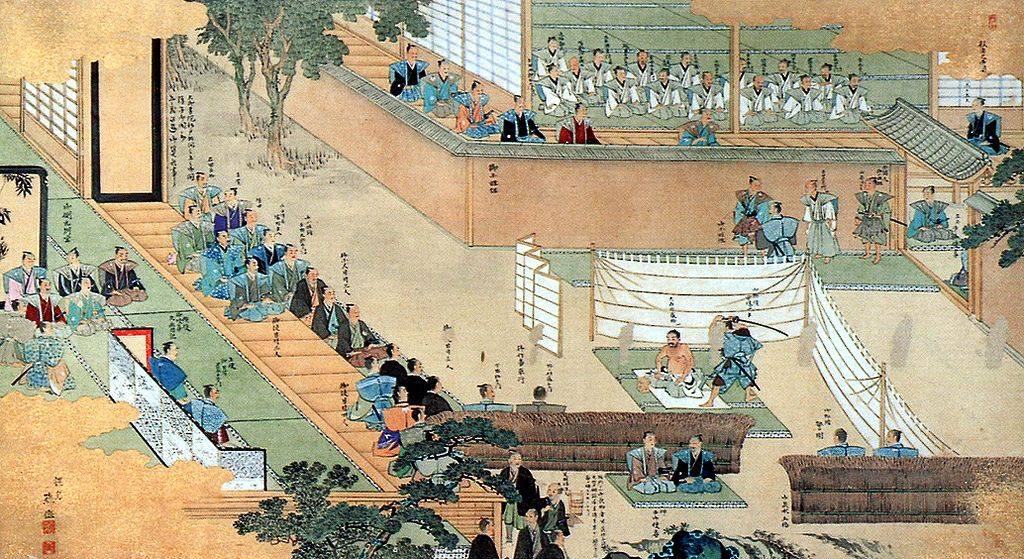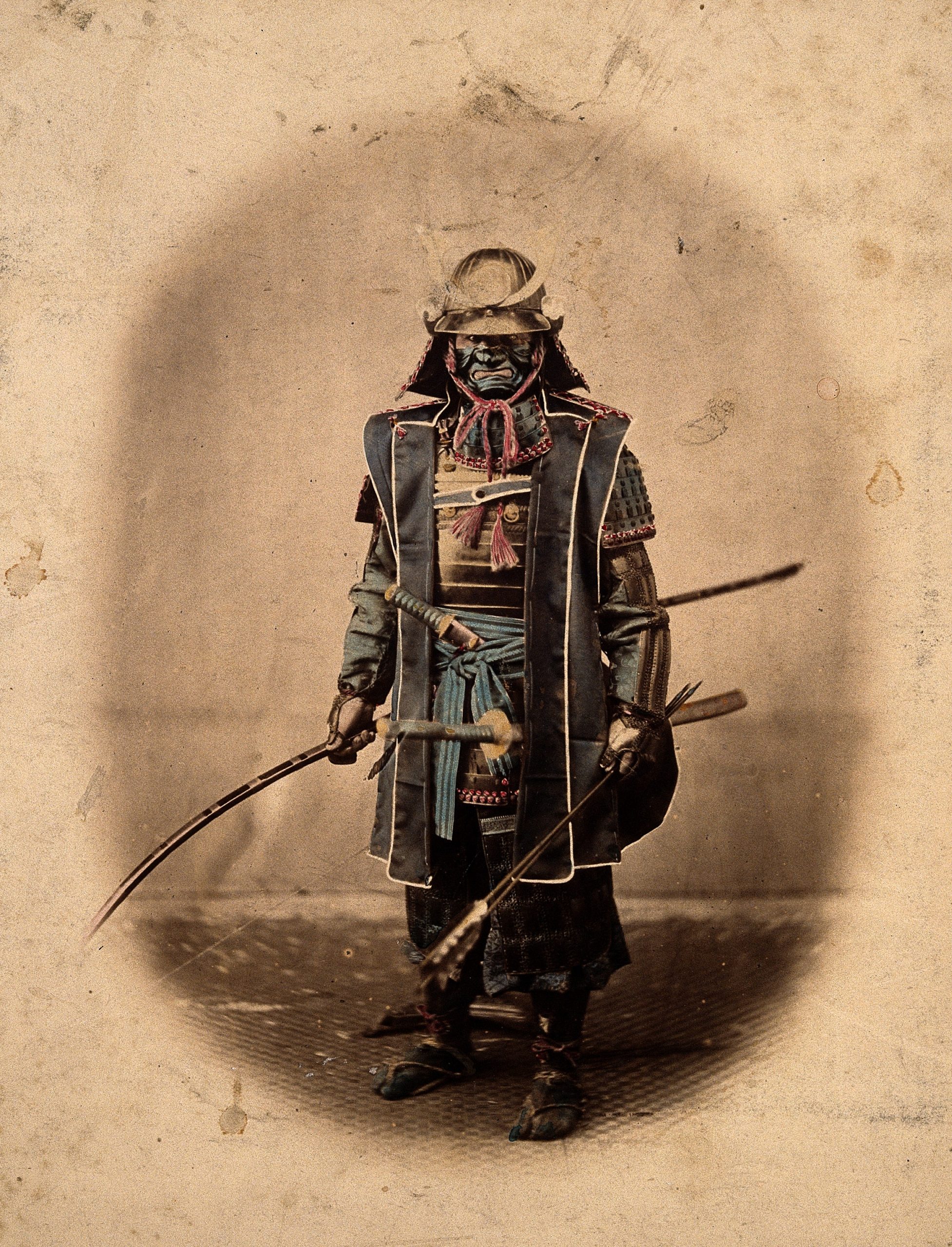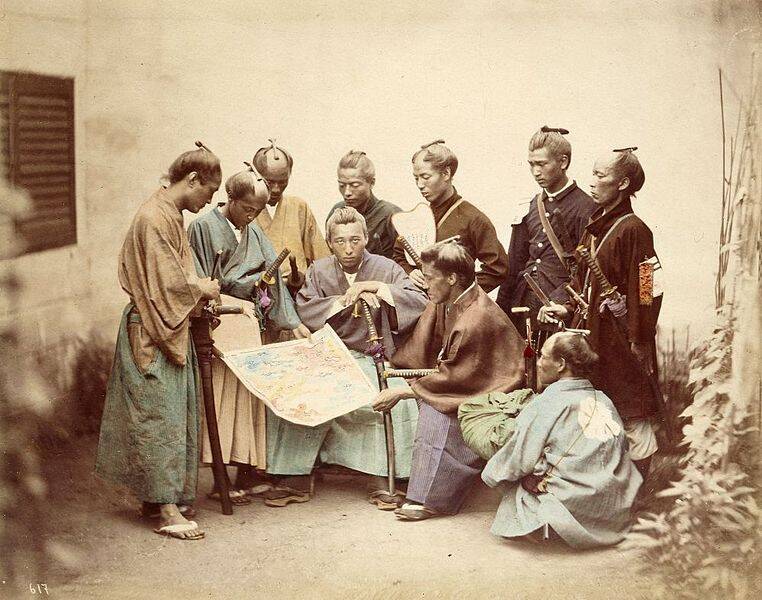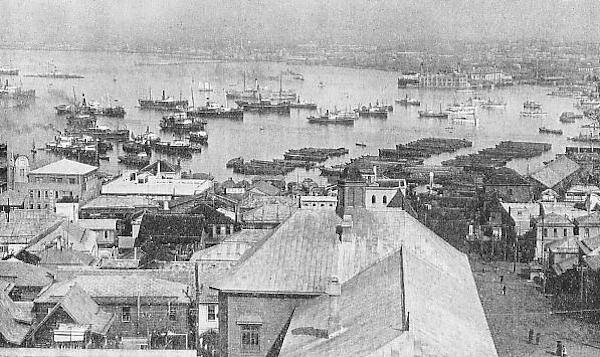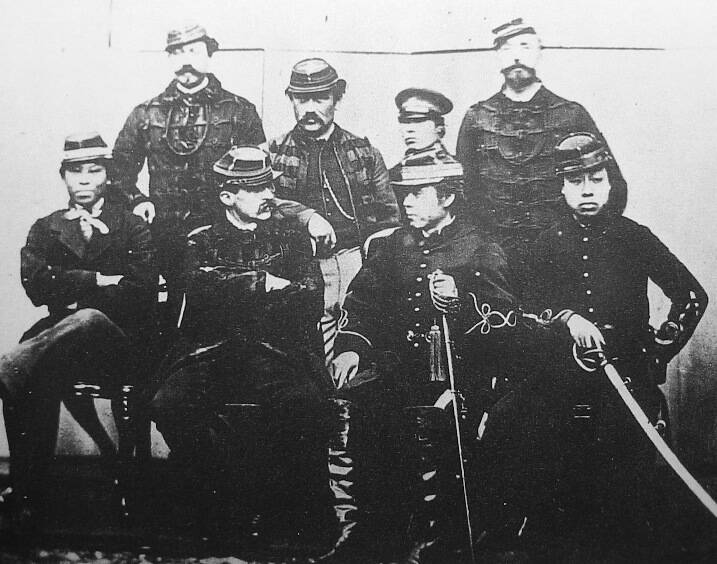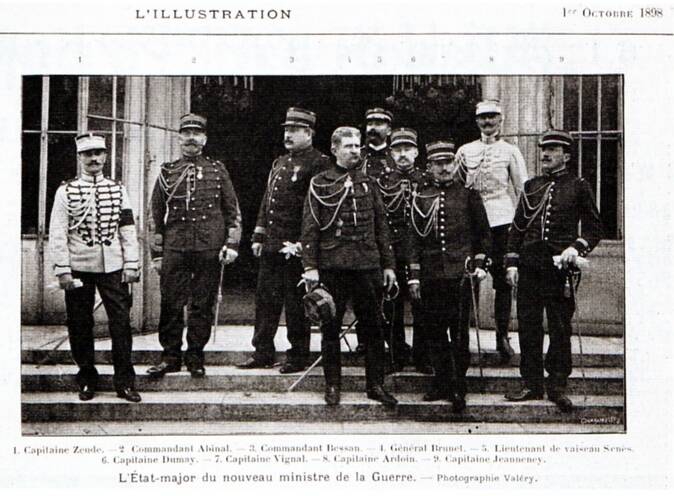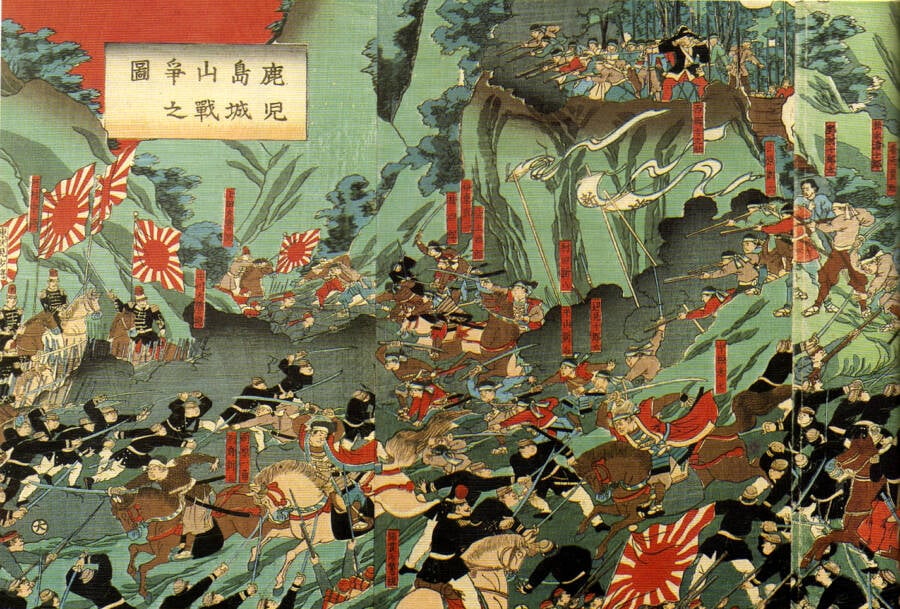David’s alarm buzzed at 5:47 AM- not 6:00, because those thirteen minutes mattered. Thirteen minutes for pushups against the kitchen counter while coffee brewed. Thirteen minutes of squats during the first conference call of the day. Thirteen minutes that wouldn’t weigh on him as though he is stealing time from Emma’s bedtime story or Jake’s homework help.
He padded downstairs in sock feet, laptop already balanced in one arm, phone buzzing with notifications in his pocket. The house was cathedral-quiet, that sacred hour before chaos. His home office- really just a corner of the living room carved out with a folding screen- waited like a patient friend.
Just until they wake up, he promised himself, same promise he’d made every morning for three years now. Just a few hours to get ahead.
The spreadsheet opened with its familiar glow. Numbers didn’t judge you for working in pajamas. They didn’t care if you’d gotten four hours of sleep or if your back ached from hunching over a laptop on the couch because the kitchen table was covered in Emma’s art supplies and Jake’s science project volcano.
6:23 AM. Eighteen lunges during a client call with his camera off.
6:47 AM. Twenty calf raises while reviewing contracts.
7:15 AM. The first footsteps upstairs- Emma’s excited patter toward the bathroom. David minimized his screen and switched to Dad Mode, a transition so practiced it felt like muscle memory.
“Daddy!” Emma burst into the kitchen, wild-haired and clutching her stuffed elephant. “Can we make pancakes? The ones with faces?”
“Of course, Bug.” He closed the laptop with one hand, already reaching for the pancake mix with the other. The client email could wait. It always could wait, until it couldn’t.
Jake emerged fifteen minutes later, twelve years old and moving with the careful dignity of someone who’d recently discovered he was too old for some things but couldn’t quite figure out what those things were yet.
“Morning, buddy. Sleep okay?”
“Yeah.” Jake poured orange juice, eyes as focused as that of a chemist using a burette and pipette. “Are we still going biking this weekend?”
“Absolutely.” David flipped a pancake that looked vaguely like a lopsided smiley face. “I found a new trail I want to try with you.”
This was the moment- the small spark in Jake’s eyes, the way he tried to hide his smile behind his juice glass. These moments were why David’s laptop lived in the living room instead of a proper office. Why he did pushups against the counter instead of at the gym. Why he was always, always tired.
His own father had been a ghost in a good suit, home long enough to ask about grades and remind them to help their mother. David remembered watching him leave for work before dawn, remembered falling asleep to the sound of his father’s key in the lock long past bedtime. His father had provided everything- piano lessons, summer camps, college without debt- but David couldn’t remember a single conversation about anything that mattered. Couldn’t remember being asked what he was afraid of, what made him laugh, what he dreamed about.
Never, David had promised himself the day Jake was born. Never will my kids wonder if I love them more than my work.
But love didn’t pay for Emma’s dance classes or Jake’s braces or the mortgage on the house with the good school district. Love didn’t fund the college accounts that kept David awake at night, calculating compound interest and wondering if he was saving enough, fast enough.
8:30 AM. Kids off to school with hugs and packed lunches and promises to help with homework later. David opened his laptop again, diving back into the world of deadlines and deliverables. His back already ached from the kitchen stool that served as his desk chair.
10:15 AM. Thirty jumping jacks in the bathroom during a bathroom break.
12:30 PM. Planks on the living room floor while a presentation loaded.
2:45 PM. Wall push-ups during a conference call about quarterly projections.
The micro-workouts felt ridiculous, but they were something. Not enough to feel strong, but enough to feel like he was trying. Like he wasn’t completely giving up on the version of himself that used to run marathons, before children and mortgages made five AM feel like sleeping in.
Emma’s bus pulled up at 3:47 PM. David saved his work and became Dad again, helping with spelling words and listening to playground drama and pretending to be amazed that she’d learned to write the letter Q in cursive.
Jake arrived an hour later, all knees and elbows and barely contained energy. “Dad, can you help me with this math problem?”
“Let me see it.” David pulled up a chair, grateful for the excuse to step away from emails. The problem was about compound interest- ironic, given his own 2 AM calculations about their financial future. “Okay, so if you invest a thousand dollars…”
This was why he did it. Not the math lesson, but the way Jake leaned against his shoulder while they worked through the problem together. The way Emma climbed into his lap while he read her chapter book aloud. The way they both ran to the door when he returned from the rare trip to the actual office, like he’d been gone for months instead of hours.
Evening dissolved into its familiar rhythm: dinner around the kitchen table, homework supervision, baths and bedtime stories and the endless negotiations about five more minutes of reading time. By 9 PM, both kids were asleep, and David was back at his laptop, catching up on everything that had been pushed aside by pancakes and math homework and Emma’s detailed recap of the third-grade lunch table politics.
His phone buzzed with a text from his college roommate: Drinks Thursday? New brewery downtown.
David stared at the message for a long moment. When was the last time he’d done something just for himself? When was the last time he’d had a conversation that didn’t involve work deadlines or school pickup schedules?
He typed back: Can’t this week. Maybe next month?
But they both knew next month would bring its own complications. There was always something- parent-teacher conferences, dance recitals, soccer games, work trips. The life he’d built was a beautiful trap, and he’d locked himself inside it willingly.
11:30 PM. David finally closed the laptop, his eyes burning from the screen. He’d gotten through most of his task list, but tomorrow would bring new emergencies, new deadlines, new reasons to work past midnight.
He climbed the stairs on tired legs, pausing at Jake’s door. His son was sprawled across the bed, one arm flung over his head, completely surrendered to sleep. On his nightstand sat a framed photo from their last mountain biking trip- both of them mud-splattered and grinning, Jake’s bike tilted at a precarious angle behind them.
Emma’s room was next, her small form curled around her elephant, a half-finished drawing of their family scattered across her desk. Four stick figures holding hands under a yellow sun, “MY FAMLY” written in careful kindergarten letters across the top.
David’s throat tightened. He was bone-deep tired, tired in ways that ten hours of sleep couldn’t fix. Tired of micro-workouts and micro-meals and micro-moments squeezed between obligations. Tired of being always on, always available, always splitting his attention between what needed to be done and who needed him to be present.
But Emma’s drawing didn’t show a tired daddy. It showed four figures holding hands.
His own father had worked sixty-hour weeks so David could go to college debt-free, could afford piano lessons and summer camp and everything he needed to build a good life. His father had sacrificed his presence for David’s future, and David had spent years resenting the choice.
Now, at 2 AM, calculating how many hours of work he could squeeze in before Emma’s Saturday morning cartoons, David finally understood. His father hadn’t chosen work over family- he’d chosen a different way of loving them. A way that looked like absence but felt like provision.
David was choosing differently. He was choosing presence over productivity, bedtime stories over business calls, Saturday morning bike rides over Saturday morning email. He was choosing to be tired if it meant being there.
Tomorrow he’d make pancakes with faces. He’d help with homework and listen to playground drama and squeeze in pushups between conference calls. He’d be tired, and it would be worth it.
Because Emma’s drawing was right- they were a family holding hands. And sometimes, holding on was the most important work of all.
In the morning, Jake would ask about the bike trail, and David would say yes. Emma would want to practice her cursive letters, and David would say yes. The work would wait, the emails would pile up, and David would say yes to the things that mattered most.
The weight of yes was heavier than the weight of no, but it was a weight worth carrying.

